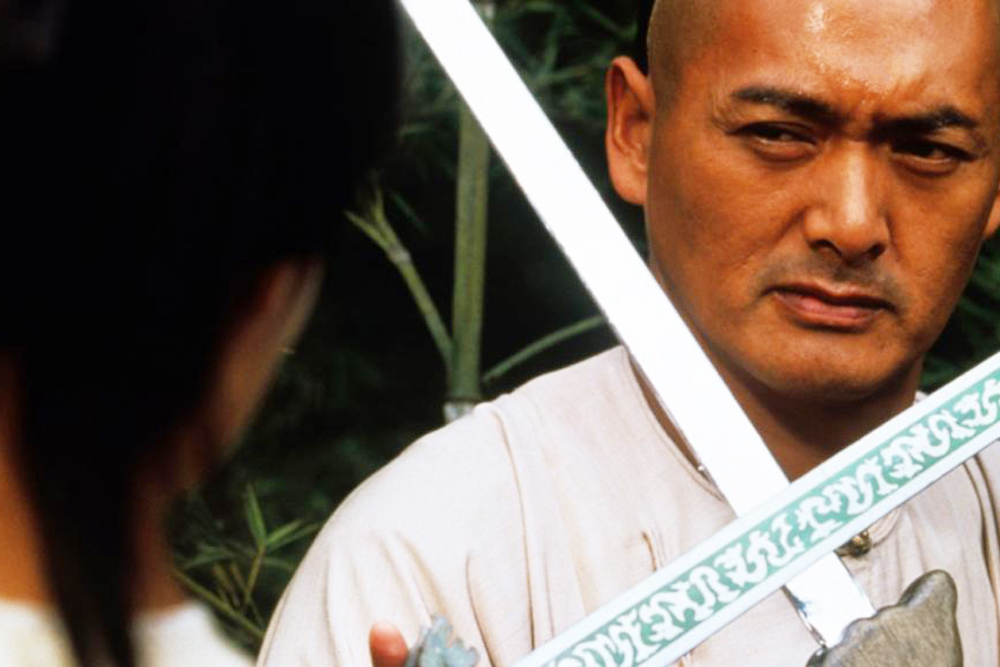Dr. Hikari Hori, assistant professor of Japanese film and visual culture at Columbia University in New York, made the transcontinental journey to lecture at Portland State on Feb. 12 about Japanese animation—its evolution, influences and what makes it specifically Japanese.
Hori received a Ph.D. in philosophy from Gakushuin University in Tokyo in 2004 and moved to the United States to do research before beginning teaching.
Her research tackles women’s activism in modern Japan, representations of gender and sexuality in anime and manga, and the influence of images of war and disaster in the Japanese media through animation.
Manga is the name given to Japanese illustrated books and magazines, and anime refers to animated films and television shows. Both are forms of pop culture which Japan has exported worldwide.
Hori lectured on images of disaster in Japanese media from the mid-19th century to 1945, and specifically how wartime animation films from WWII have influenced current Japanese pop culture such as anime and manga.
“The animation industry was organized and shaped because of the state’s support during the war,” Hori said. “Because of the wartime state’s support, the animation filmmaking acquired a structured, large-scale production unit. This prepared the emergence of the postwar Japanese animation industry.”
She began by showing 19th century animations in the media, single-page newsprints and woodblock prints, and their use to convey messages. Early depictions of disaster used realistic art as warnings, but also turned to almost comic animation with the introduction of political agendas.
Hori then moved to the 1900s and talked about animation competing with photography. She focused on images from the Sino-Japanese war and noted that, in some respects, early media animation was simpler than setting up cameras to capture a desired scene.
Filmmaker Mitsuyo Seo and the two animated films he made during WWII were the main focus of Hori’s lecture. The two films, Momotaro’s Sea Eagle in 1943 and Momotaro, Divine Warriors of the Sea in 1945, show Japan’s move into what remains of today’s modern Japanese anime.
Hori showed how American animation style dominated Japan’s animation in the 1930s. She showed clips of films including stop signs and Betty Boop faces mixed with Japanese culture, such as clothing and Kabuki instruments. She said Mickey Mouse was well-loved.
Seo’s Momotaro films were based on a Japanese folktale hero of the same name, which translates to Peach Boy. He recruits a dog, monkey and pheasant to fight off village ogres. In this way, both films used animals as crew in depicting Japan’s fight against Allied forces.
Hori said that though the first Momotaro release used an American style during this war time, it was a huge success.
Still, Seo sought to move away from this. Hori backed this belief with a critique Seo made of the first Asian feature-length movie, made in China in 1941. It was called Princess Iron Fan, and Seo noted American influences but also praised specifically Chinese styles of movement and art present in the film.
In 1945 Seo released Momotaro’s Divine Warriors of the Sea, the first feature-length animation movie in Japan. From it, Hori showed clips of the movie where elements specific to Japanese animation came into being, aspects which were the origin and influence of modern Japanese animation.
Hori noted a strong focus on the Japanese language with close-ups of kanji characters in conjunction with song, but did concede similarities to Fantasia and Snow White. She showed distinct facial features in the movie, close-up facial expressions and psychological and emotional movements in character rational.
For instance, a character sees round puffs of dandelion seeds ascending and is provoked to become a paratrooper descending from the sky.
In a melding of imagery to action, the scenes fade into one another, and the emotional drive to heroically fight in the war is explained without words.
“[This is] related with the visual analyses of specific scenes. I am working on a book manuscript of Japanese wartime film culture in which I hope to cover this question in-depth,” Hori said.
She concluded that the movie, having been released in 1945 as the war drew to an end, explored many styles of animation in an attempt to move away from American style to be representative of the Japanese identity.
Many of the elements explored in Momotaro’s Divine Warriors of the Sea have made their way into current Japanese animation which is seen worldwide.






